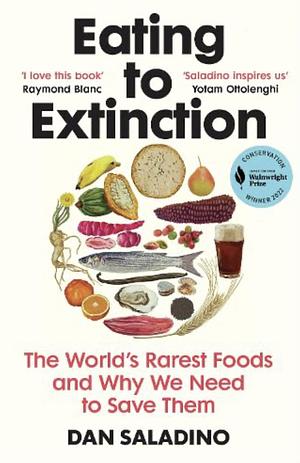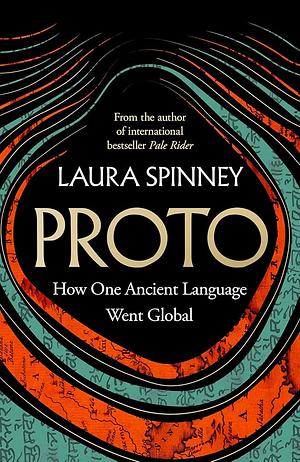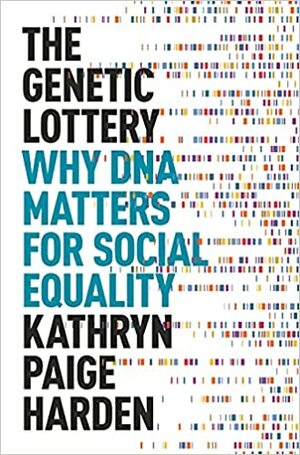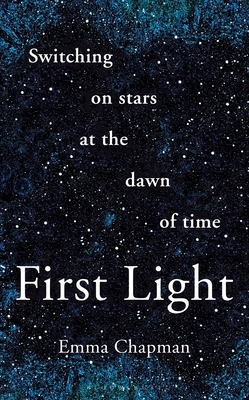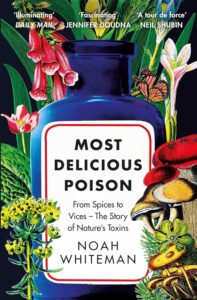
Preventable: How A Pandemic Changed the World and How to Stop the Next One
Genres: Non-fiction,
Science Pages: 432
Rating: 
Synopsis: The definitive story of COVID-19 and how global politics shape our health - from a world-leading expert and the pandemic's go-to science communicator.
Professor Devi Sridhar has risen to prominence for her vital roles in communicating science to the public and speaking truth to power. In Preventable she highlights lessons learned from outbreaks past and present in a narrative that traces the COVID-19 pandemic - including her personal experience as a scientist - and sets out a vision for how we can better protect ourselves from the inevitable health crises to come.
In gripping and heartfelt prose, Sridhar exposes the varied realities of those affected and puts you in the room with key decision makers at crucial moments. She vibrantly conveys the twists and turns of a plot that saw: deadlier variants emerge (contrary to the predictions of social media pundits who argued it would mutate to a milder form); countries with weak health systems like Senegal and Vietnam fare better than countries like the US and UK (which were consistently ranked as the most prepared); and the quickest development of game-changing vaccines in history (and their unfair distribution).
Combining science, politics, ethics and economics, this definitive book dissects the global structures that determine our fate, and reveals the deep-seated economic and social inequalities at their heart - it will challenge, outrage and inspire.
Devi Sridhar’s Preventable is a discussion of the SARS-CoV-2 pandemic, the global response to it, and how we could’ve handled it better (mostly, how governments could have handled it better). It came out in 2022, so it’s a little out of date now, but I found it an interesting read nonetheless.
Before I go further with the review, a quick note that I studied Infectious Diseases at the London School of Hygiene and Tropical Medicine, starting in 2020 and completing this year, achieving an MSc with merit. So this is a field I know well and am well-qualified to comment on, and I know a fair amount of the cutting-edge stuff about SARS-CoV-2 because I was taught by people who were (and are) researching it. I also volunteered with the WHO managing data about travel restrictions and lockdowns, so I kept fairly abreast of that side of things too. All this to say, you should always take things on the internet with a grain of salt, but that’s where I’m coming from as a reader.
Broadly speaking, I agree with Sridhar’s discussion of how we could’ve prevented the pandemic, or at least the loss of life (and disability-adjusted life years as well). I’d say I remain a little more cautious than she was in 2022, since now in 2025 I still wear a mask in crowded indoor spaces, but things have changed since then (e.g. COVID vaccines are no longer available on the NHS for the majority of people), and I think a bit more is understood about long COVID (or at least about the fact that there isn’t an easy and immediate solution to it just waiting in the scientific wings to fix everything).
I found her tone a bit defensive, but that kinda makes sense: as a scientist and a woman who was saying some pretty unpopular (but generally sensible) things, she faced quite a bit of abuse from the public. Still, I’m a bit iffy about her defenders being people like Piers Morgan, not scientists, and the amount of celebrity name-dropping she does in the book (and which her publisher does on the book cover). I don’t care what Piers Morgan thinks of her!
I was a bit surprised by her degree of support for the idea that SARS-CoV-2 came out of a lab. I do understand the reasons she gives, and the suspicious behaviour of the Chinese government, but… I’m surprised it’s not being treated as a more fringe belief here (though she does emphasise that she’s not seeing any malicious intent, just some kind of lab accident through contact with infected bats).
Her critiques of the British, Swedish and US governments are pretty sound as far as they go, and her praise of the response in other countries likewise tallies pretty well too. I’d just wish for a bit more attention re: long COVID, and maybe a bit more understanding that the vaccine isn’t perfect, and then vaccination wasn’t enough for everyone to go back to normal. She does highlight the problematicness of people with disabilities being told to cut themselves off from society to survive, but she seems to have forgotten that by the conclusion of the book, in her optimistic hope for things to get back to normal.
Rating: 3/5 (“liked it”)



